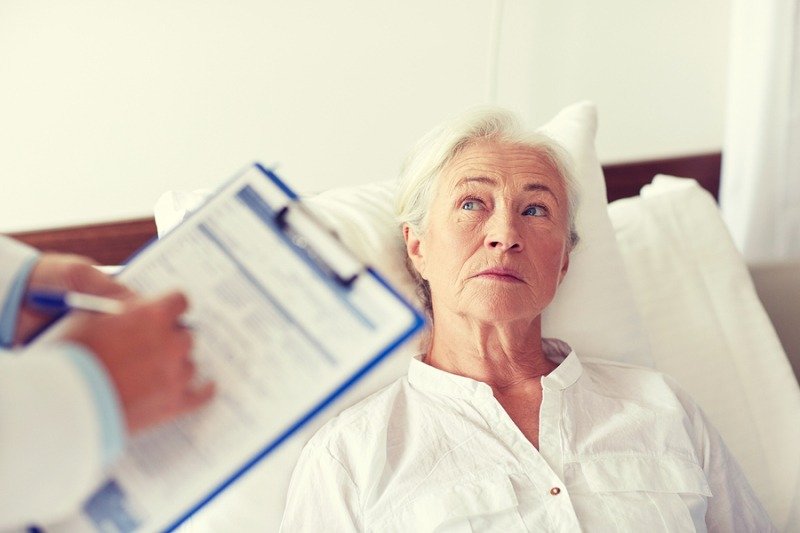It’s 3:00 p.m. on a Friday. Maria, a 68-year-old patient with congestive heart failure, is about to be discharged from the hospital. She’s given a packet of paperwork, a list of new medications, and a reminder to stop by the pharmacy on her way home.
Here’s what actually happens: her daughter picks her up, traffic is brutal, and by the time they reach the pharmacy, it’s closed. One of her prescriptions—a crucial diuretic—isn’t started until two days later. By Monday morning, Maria is back in the ER.
Sound familiar?
It’s a scenario hospitals have seen time and time again. But it’s also a problem with a surprisingly simple solution: bring the meds to the patient before they even leave the hospital.
That’s exactly what the medications to beds program does. And in the process, it’s helping hospitals improve medication adherence and reduce costly readmissions.
The Problem: Discharge Doesn’t Always Mean “Done”
The discharge process is often rushed, overwhelming, and—frankly—not patient-friendly. Between paperwork, instructions, and transportation logistics, it’s easy for medications to fall through the cracks.
Common barriers patients face after discharge:
-
No transportation to the pharmacy
-
Confusion about new medications
-
Long pharmacy wait times
-
Physical limitations (pain, fatigue, mobility issues)
-
Financial concerns or insurance problems
Each of these creates a gap between prescribing and actual taking. And that gap can be dangerous.
Why Medication Adherence Matters (More Than You Might Think)
Medication adherence simply means taking medications as prescribed—on time, in the correct dose, and consistently. But stats show that nearly 50% of patients don’t adhere properly, especially during the transition from hospital to home.
Poor adherence leads to:
-
Higher hospital readmissions
-
Poor disease management
-
Increased healthcare costs
-
Lower patient satisfaction and outcomes
This is why hospitals are now under pressure not just to treat patients—but to support them in staying healthy after they leave. That’s where the medications to beds program comes in.
What is the Medications to Beds Program?
At its core, the medications to beds program ensures that patients receive their prescriptions at their hospital bedside before discharge. Rather than asking patients to pick up their meds after leaving, the pharmacy brings the meds directly to them.
It’s simple, but powerful.
Here’s how it typically works:
-
Prescription Written: The hospital provider enters the prescription into the system.
-
Pharmacy Fulfillment: The hospital pharmacy fills the medication in real time.
-
Bedside Delivery: A pharmacist or technician brings the meds to the patient’s room.
-
Education: The patient receives medication counseling and written instructions before leaving.
That final step? It’s often the game-changer.
How the Program Helps Improve Medication Adherence
Let’s connect the dots. When patients receive their medications before they leave—along with clear, personalized instructions—they’re far more likely to start taking them correctly and immediately.
Key Benefits:
-
Eliminates delays in starting therapy
-
Reduces confusion about dosage and timing
-
Builds trust with pharmacist involvement
-
Ensures access to necessary medications, even for underserved patients
-
Simplifies the discharge process for patients and caregivers
Real-Life Impact: A Hospital Case Study
Let’s look at St. Claire Regional Medical Center. Before launching their medications to beds program, their 30-day readmission rate for heart failure patients was 22%. After implementing bedside medication delivery and counseling?
📉 Readmissions dropped to 14% within 6 months.
Patients reported feeling more confident managing their medications. Nurses spent less time fielding follow-up questions. And the pharmacy became an active part of the care team, not just a hand-off point.
Table: Before and After Implementing a Medications to Beds Program
| Metric | Before | After |
|---|---|---|
| Medication Start Delay | 1–2 days on average | Immediate at discharge |
| Patient Confusion Rate | High (reported via follow-ups) | Significantly lower |
| Readmission Rate (30-day) | 20–25% | 12–15% |
| Patient Satisfaction | Moderate | High |
| Nurse Time on Med Questions | High | Reduced by 30% |
Building a Better Discharge Process
The medications to beds program isn’t just about handing out pills—it’s about creating a discharge experience that sets patients up for success.
Here’s how hospitals can get started:
Steps to Launch:
-
✅ Partner with In-House or Local Pharmacies
-
✅ Integrate Pharmacy with EHR Systems
-
✅ Train Pharmacists for Bedside Counseling
-
✅ Educate Staff on Workflow and Benefits
-
✅ Track Adherence and Readmission Metrics Post-Implementation
Beyond Delivery: It’s About Empowerment
It’s easy to think of prescription adherence as a patient’s responsibility. But in reality, it’s a shared effort. Providers, pharmacists, and systems all play a role in supporting successful outcomes.
When a patient receives their medication, understands its purpose, and feels supported in using it, they’re far more likely to stick with it. The medications to beds program helps hospitals do just that—and in doing so, dramatically improve medication adherence.
Final Thoughts: Small Shift, Big Results
The solution to high readmissions and low medication adherence doesn’t always require high-tech tools or massive overhauls. Sometimes, it’s as simple as bringing the pharmacy to the patient.
Programs like medications to beds turn a vulnerable moment—discharge—into a powerful opportunity. They make care personal, timely, and clear. And in a world where healthcare is often fragmented, that kind of seamless support is a breath of fresh air.
So next time a patient like Maria is preparing to leave the hospital, ask yourself:
“What if the best way to keep her healthy… is to start with a delivery?”
Interested in starting a medications to beds program at your facility? Let’s talk strategy, training, and results-driven implementation. Your patients—and your hospital—will thank you.






